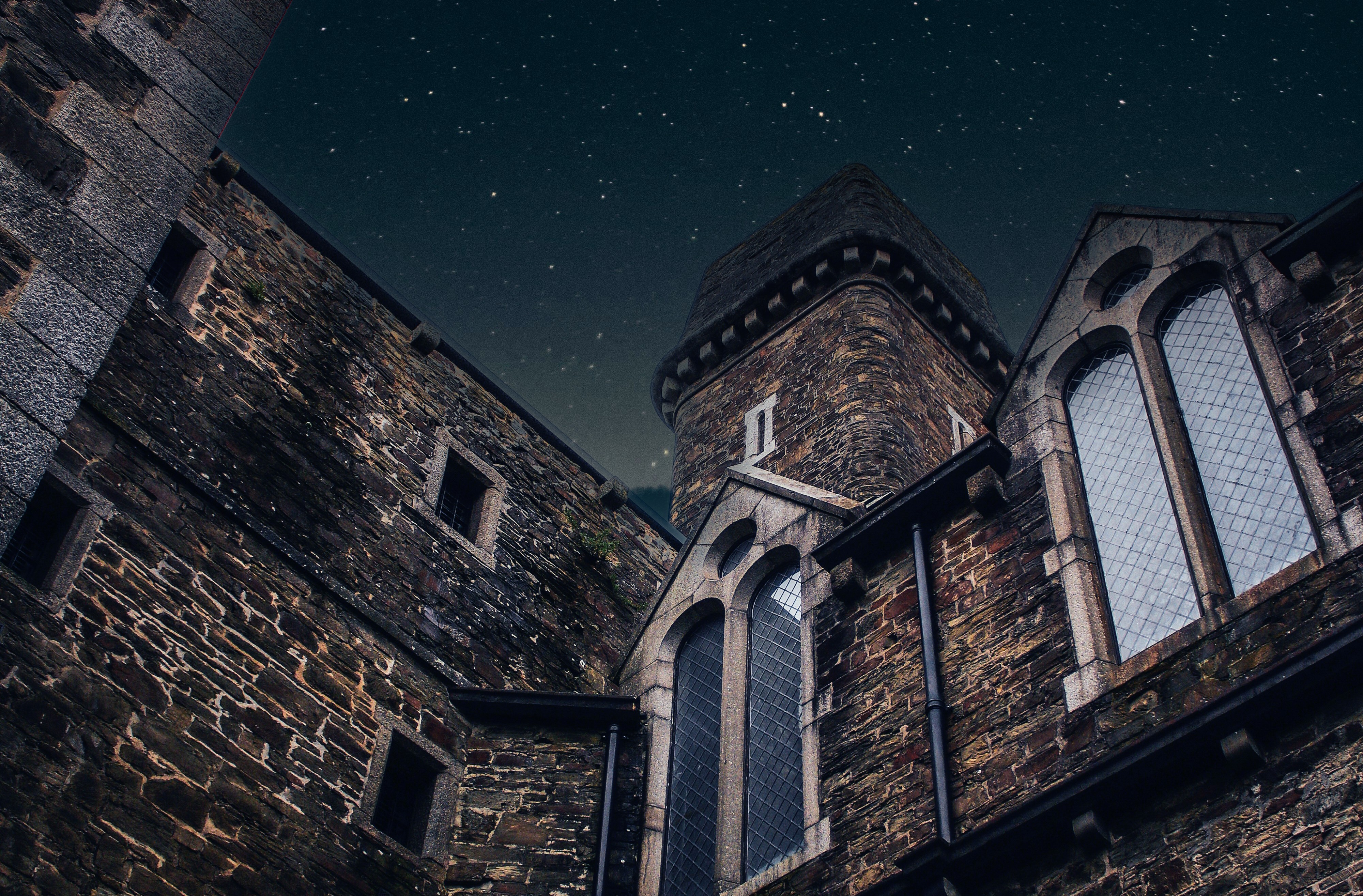If you run an attraction like a museum, zoo, or theme park, you know it's important for people to find you online. This is where local SEO, or local Search Engine Optimisation, comes in. It's all about making your site show up when people in your area search for fun things to do.
When someone searches for places to visit near them, you want your site to pop up as high as possible in the search results. This guide is here to help you do just that. We'll show you how to make your website more noticeable to people looking for a great day out in your area.
We'll cover easy steps like setting up your site correctly, choosing the right words to describe your attraction, and making sure people can find you on maps and in search engines.
Understanding Local SEO
Local SEO, or local Search Engine Optimisation, is a special way of making sure that your attraction shows up in online searches made by people nearby or those planning to visit your area. It’s all about connecting with locals and tourists who are looking for something fun and interesting to do.
What is Local SEO?
Local SEO helps your attraction get noticed in local search results. For example, when someone searches for “best amusement parks in [Your City]” or “museums near me,” you want your site to appear in those search results. This is really important because it puts your attraction right in front of people who are actively looking to visit a place like yours.
Why is Local SEO Important for Attractions?
For attractions, local SEO is key because it attracts visitors at the exact moment they’re looking for things to do in your area.
It’s not just about being online; it's about being found by the right people at the right time. When your attraction shows up in these local searches, it can lead to more website visits, more ticket sales, and more people enjoying what you offer.
Local SEO vs. General SEO: What's the Difference?
While general SEO focuses on improving your site’s visibility on a global or national scale, local SEO focuses on capturing the local audience.
General SEO might involve targeting broad keywords like “theme parks” or “museums,” but local SEO uses specific terms like “theme park in [Your City]” or “museum near [Location].”
Also, local SEO includes optimising your Google My Business profile, getting listed in local directories, and making sure your location and contact details are easy to find and consistent across the web.
By focusing on local SEO, you’re not just throwing a wide net and hoping for the best. Instead, you’re targeting the exact people who are most likely to visit your attraction – those in your community and travellers to your area.
Setting Up Your Local Online Presence
For attractions, having a strong online presence is crucial. It’s one of the first steps to ensure people can find you when they're searching for fun things to do in your/their area. Here’s how you can set up your local online presence effectively:
1. Creating and Optimising a Google My Business Listing
Google My Business (GMB) is a free tool from Google that lets you manage how your attraction appears in Google searches and on Google Maps. You probably already have one set up, but if not, here’s what to do:
- Create Your Listing: If you haven’t already, create a GMB listing for your attraction. Fill out as much information as possible - the more, the better.
- Add Photos and Updates: Regularly add new photos and post updates about events, special offers, or new exhibits. This keeps your listing fresh and appealing.
- Encourage Reviews: Ask your visitors to leave reviews on your GMB profile. Positive reviews can boost your visibility and attract more visitors.
2. Importance of Consistent NAP
NAP stands for Name, Address, and Phone Number. It’s vital to keep this information the same everywhere it appears online - on your website, social media profiles, directory listings, and especially your Google My Business listing.
Consistency in these details helps search engines trust your information, which can improve your search rankings.
3. Utilising Local Directories and Listings
Besides Google My Business, there are other directories and local listings where you should add your attraction:
Local Tourism Websites: Get listed on local tourism boards or chamber of commerce websites. Also consider featuring on holiday home/hotels/caravan-type websites local to your area, which will help add to your backlink profile.
Local Directories: Sites like Yelp, TripAdvisor, and even local blogs and event calendars are great places to list your attraction, gain more backlinks and the events you have running.
Keep Information Updated: Regularly check these sites to ensure your information is up-to-date. Any changes in your operating hours, contact details, or services should be reflected everywhere, including any schema data you have implemented.
By setting up and optimising your Google My Business listing, ensuring NAP consistency, and being present in local directories, you significantly boost your attraction’s online visibility.
This not only helps locals find you easily but also puts you on the radar of tourists planning their visit to your area.
Keyword Research for Local SEO
Finding the right keywords is like discovering the secret phrases that potential visitors use when they're looking for attractions like yours. Good keyword research helps you understand what your target audience is searching for and how to reach them effectively.
Identifying Local Keywords and Phrases Relevant to Attractions
Local keywords should be specific to both your location and what you offer. For instance, if you manage a castle in Edinburgh, your local keywords might include “Edinburgh castle tours” or “historical attractions in Edinburgh.”
Keyword research can help you find out what local search terms to target, and there are several techniques that can help you find the right local keywords.
Keyword Research Tools: You can use keyword research tools as part of a major SEO tool such as Moz or SEMRush. There are also plenty of dedicated keyword research tools as well. You could even look at the keyword planner tool as part of Google Ads.
Analyse Competitors: Look at what keywords your competitors are targeting. This can give you ideas for your own keyword strategy.
Google’s “People Also Ask” and “Related Searches”: We’ve mentioned these in a previous blog, and these sections in Google search results can provide insights into other search terms people are using almost straight away.
Effective keyword research is about understanding the unique aspects of your attraction and how people in your area (or those planning to visit) might search for it. By targeting the right local keywords, you can improve your visibility in search results, making it easier for potential visitors to find and enjoy your attraction.
Mobile Optimisation for Local Search
Having a mobile-friendly website is no longer just an option—it's a necessity. This is especially true for local searches, as many people look up attractions and activities on their phones while they are on the go.
Most people use their smartphones to search for local information, like directions to a local attraction or the opening hours of a museum.
A mobile-friendly website ensures that your potential visitors have a good experience when they find you online. If your site isn’t easy to navigate on a phone, visitors might quickly leave, which can negatively impact your search rankings and reduce the chance of them visiting your attraction.
Tips for Improving Mobile User Experience
To make sure your site is as mobile-friendly as possible, you can read our handy Mobile Optimisation guide (LINK TO SEMANTIC GUIDE PDF).
By optimising your website for mobile users, you enhance the experience for local searchers, which can lead to more engagement, higher search rankings, and ultimately, more visitors to your attraction.
Successful Local SEO implementation for Attractions
We’ve managed to uncover and utilise local SEO to increase traffic to some of our clients.
In one example, one of our clients ran many events covering the Halloween period, but their targeting was too broad and they were missing out on traffic from the local area.
Through keyword research, we discovered what users were searching in relation to that specific event and the local area, and went about changing the content to include the location on key on-page areas. This helped boost traffic numbers compared to previous years and led to more organic sales.
For another client, a rebrand of a live concert offering presented an opportunity to review and research live music related keywords in relation to the local area, something that was not capitalised on previously.
Again, following a content refresh and implementation of locally-led content in key areas on the page, the client began ranking for many brand new keywords relating to gigs, live music and concerts in their local area, leading to more qualified traffic.



%20(1).png)

.png)






